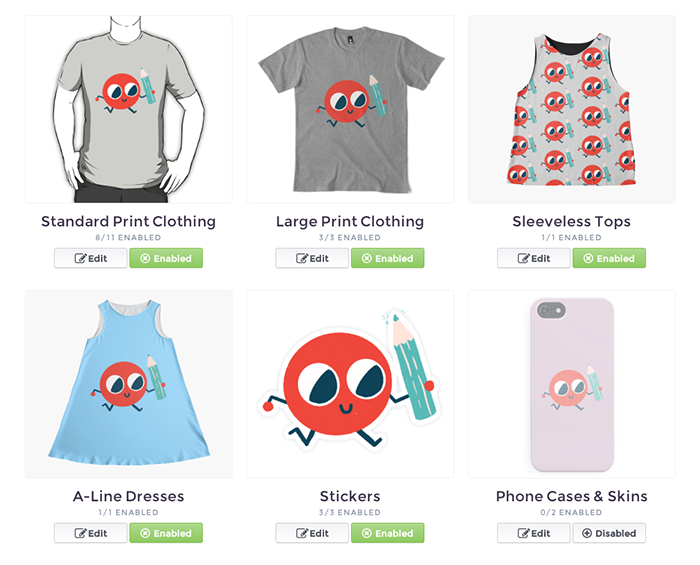
In its natural habitat, the blobfish appears more streamlined and fish-like, without the droopy glob of a nose. In fact, the iconic image doesn’t do the blobfish justice. “My reaction is more, ‘How amazing is this animal that can adapt and live down at those depths?!’ People really see what’s on the surface. But, she concedes, she does work in an environment where she gets to see lots of strange, otherworldly creatures. Parkinson thinks the title is “quite unfair” – she doesn’t see the blobfish as ugly at all. Other finalists included the proboscis monkey, with a similarly bulbous nose, and the adorable kākāpō (an addition that surely calls the integrity of the competition into question). In 2013, the blobfish won a World’s Ugliest Animal Competition, run by the UK-based Ugly Animal Preservation Society.
REDBUBBLE REDDIT TV
In 2010, Australian TV panel show The Gruen Transfer latched onto the blobfish, labelling it “one of God’s ugliest, laziest and most miserable creatures”.

“The image just captured people’s imagination,” she says. Parkinson still has no idea what sparked its sudden popularity, but figures the photo she took must’ve been discovered online. It wasn’t until some seven years later that blobfish mania began. The blobfish ended up preserved in a jar in the collection of the Australian Museum in Sydney. The specimens gathered during the voyage were divvied up among the participating researchers, based on their expertise and specialities. The team on duty joked that it looked like a balloon, and nicknamed it Mr Blobby (unrelated, Parkinson says, to the famous 90s British TV character). “I was about to return it to the sorting lab to be preserved, and I thought it just looked very funny.
REDBUBBLE REDDIT REGISTRATION
Parkinson photographed it in the standard fashion for fish specimens: with the head pointing to the left and tail to the right, alongside a colour chart, scale bar and registration number. The blobfish was just one curiosity among many hoisted from 1300m below. Practically everything being sorted was weird and wonderful, including gulper eels, coffinfish and devilfish. That included one baby-pink goo-ball of a fish – which initially didn’t elicit much of a reaction. “ It was all hands on deck literally, in our steel cap boots and hard hats and gear to get all the specimens to the sorting lab,” remembers Kerryn Parkinson, ichthyologist at the Australian Museum.īack in 2003, Parkinson was still a junior researcher, and her job was to photograph “anything that came up that was taxonomically uncertain, rare, or something that we actually didn’t know what it was.” The team worked 24 hours a day (split into two shifts) to catalogue the treasure trove of flora and fauna hauled up from the deep during research trawls. It has been 20 years since the iconic image was snapped onboard Niwa’s research vessel, Tangaroa, during a joint Australia-New Zealand expedition to the abyssal plains and seamounts off the northwest tip of the North Island. Unofficial blobfish merch (Photo: Redbubble) But what you may not realise is that this viral fish was a New Zealander, hauled up from the depths of the Norfolk Ridge, north-west of mainland Aotearoa.


In 2019, budding fashionista North West stepped out wearing blobfish slippers. Since then, its saggy pink form and relatable resting grumpy face has inspired soft toys, comics and songs. The blobfish first began gracing our computer screens in the early 2010s, as a vintage image macro meme (“Go Home Evolution, You’re Drunk”). With its slimy pink skin, bulbous nose and downturned mouth, Mr Blobby is one of the world’s most famous fish. This is the story of how ‘Mr Blobby’ became a deep-sea icon. In 2003, a crew member on a New Zealand research vessel snapped a photo of a funny-looking fish.


 0 kommentar(er)
0 kommentar(er)
